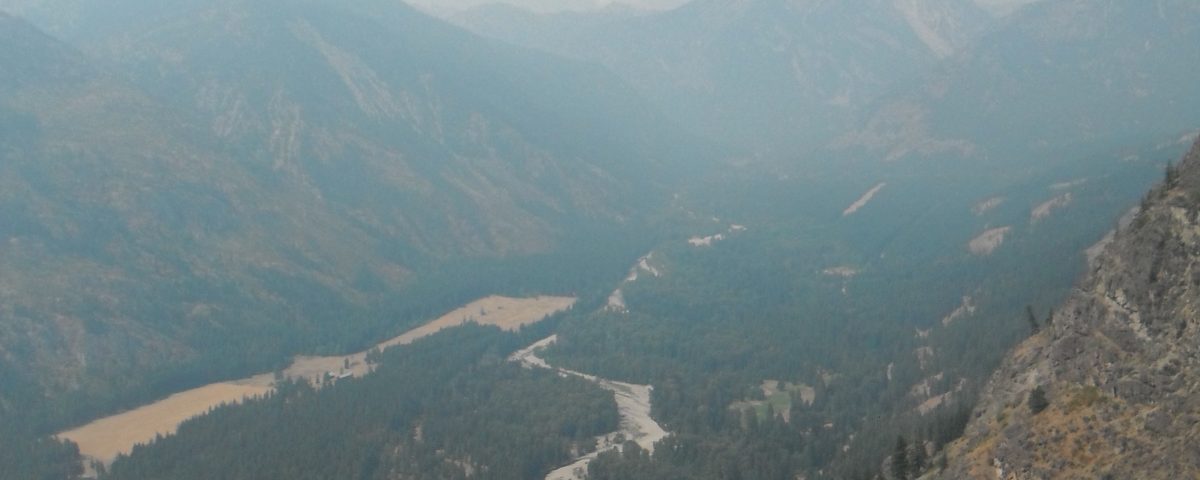Healthy Forests Mean Healthier Lungs for You and Me
Is there such a thing as “good smoke”? Can prescribed burning over the next couple of decades ultimately reduce wildfire smoke episodes? Can we reduce the likelihood of catastrophic wildfires through prescribed burning without compromising human health?
To reply in the language of the Magic 8 Ball, respectively: “My sources say no,” “Outlook good,” and “As I see it, yes.” Luckily, we have more than fortune telling to inform how to use prescribed fire to restore forest health while simultaneously protecting our health. A well-conducted prescribed burn is a valuable tool, enabling the removal of hazardous fuels such as brush, shrubs, and small trees. It can also help to minimize the likelihood of extreme fires and the spread of pest insects and disease. We live in a “fire-adapted ecosystem,” where fire is a critical element to a healthy landscape.
However, we will experience more smoke from year-round sources for the foreseeable future. Over half our population falls into a “smoke-vulnerable” category (i.e., over 65 or under 18; pregnant; existing heart or lung condition; previously suffered a stroke). So, we must strive to reduce inhaled smoke at every opportunity.
What are evidence-based recommendations for prescribed fire in the Methow Valley?
MVCC advocates the following solutions and will ask that the Twisp Restoration Project incorporate these elements:
- Reduce the likelihood of smoke reaching communities by using the best available smoke-modeling tools. Consider alternatives (e.g., chipping) instead of burning piles from thinning operations.
- Put in place proactive communication from agencies doing the burning to nearby communities and smoke-vulnerable individuals. Let people know where, when, and how prescribed burning is happening.
- Track and document smoke intrusions into communities through portable monitors and a complaint reporting system.
- Protect at-risk individuals through access to clean air, e.g., using indoor air purification systems or N95 masks.




